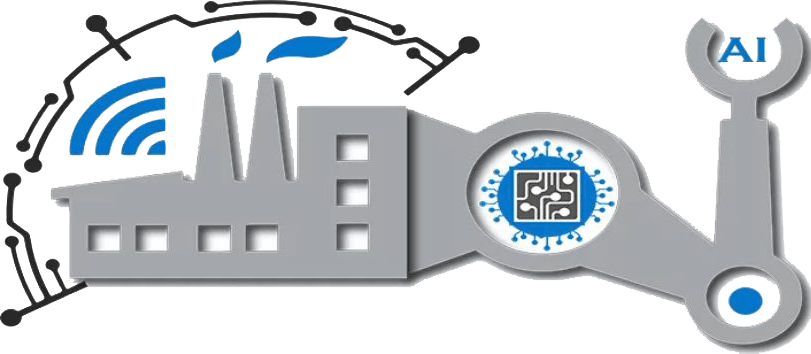Shaping the Future of Smart and Sustainable Mobility
Abstract:
Transportation 5.0 represents a transformative era in the domain of mobility, marked by the integration of advanced technologies, sustainable practices, and a holistic approach to urban and interurban transit. This comprehensive paper explores the multifaceted dimensions of Transportation 5.0, examining its key components, applications, challenges, and the profound impact it carries in reshaping the landscape of modern transportation.
1. Introduction:
Transportation 5.0 stands at the forefront of the mobility revolution, where traditional transportation systems evolve into interconnected, smart, and sustainable networks. This paper investigates the dynamic elements of Transportation 5.0, where the focus extends beyond efficiency to embrace innovation, environmental stewardship, and improved accessibility.
2. Key Components of Transportation 5.0:
a. Connected and Autonomous Vehicles: Transportation 5.0 leverages connected and autonomous vehicles, ushering in a new era of safer, more efficient, and intelligent transportation. Vehicles communicate with each other and infrastructure, optimizing traffic flow and enhancing overall road safety.
b. Smart Infrastructure and IoT Integration: The integration of smart infrastructure and the Internet of Things (IoT) becomes a cornerstone of Transportation 5.0. Intelligent traffic management systems, sensor-equipped roads, and real-time data analytics contribute to optimized transportation networks.
c. Sustainable Mobility Solutions: Sustainability is a central focus in Transportation 5.0. From electric and hybrid vehicles to shared mobility services and active transportation modes, the system prioritizes low-carbon and environmentally friendly solutions to address the challenges of urban congestion and pollution.
3. Applications in Transportation 5.0:
a. Mobility as a Service (MaaS): Transportation 5.0 promotes the concept of Mobility as a Service, where seamless, multimodal transportation experiences are facilitated through integrated platforms. Users can plan, book, and pay for various modes of transportation through a unified interface.
b. Smart Cities and Urban Planning: Transportation 5.0 contributes to the development of smart cities through intelligent urban planning. Efficient land use, pedestrian-friendly environments, and sustainable transportation infrastructure create livable and connected urban spaces.
c. Drone and Aerial Mobility: Aerial mobility becomes a reality in Transportation 5.0, with the integration of drones and urban air mobility solutions. These technologies offer new perspectives on transportation, particularly for last-mile delivery and rapid emergency response.
4. Challenges and Considerations:
a. Regulatory Frameworks: The integration of autonomous vehicles, drones, and smart infrastructure requires evolving regulatory frameworks. Establishing standards and ensuring the safety and security of these technologies are critical considerations in Transportation 5.0.
b. Infrastructure Investment: Developing the necessary infrastructure for Transportation 5.0 demands significant investment. Governments, private entities, and international collaborations must work together to fund and implement the required changes in transportation networks.
5. Future Implications:
Transportation 5.0 envisions a future where mobility is not just a means of transportation but a dynamic and interconnected system that enhances the quality of life. The implications extend beyond efficient transit to encompass sustainability, accessibility, and the creation of resilient transportation networks.
6. Holistic Transportation Solutions:
a. Inclusive and Accessible Mobility: Transportation 5.0 prioritizes inclusive and accessible mobility solutions. Technologies and services are designed to cater to the diverse needs of all individuals, ensuring that transportation is a universally accessible and equitable resource.
b. Data-Driven Decision Making: The integration of data analytics and real-time information empowers Transportation 5.0 with data-driven decision-making capabilities. Transportation systems can adapt dynamically to changing conditions, optimizing routes, schedules, and resource allocation.
Conclusion:
As Transportation 5.0 unfolds, the landscape of mobility undergoes a profound transformation. The integration of advanced technologies, sustainable practices, and a holistic approach not only enhances the efficiency of transportation but also envisions a future where mobility is smart, sustainable, and universally accessible.
